First-Time Visitors
Welcome to Suruga
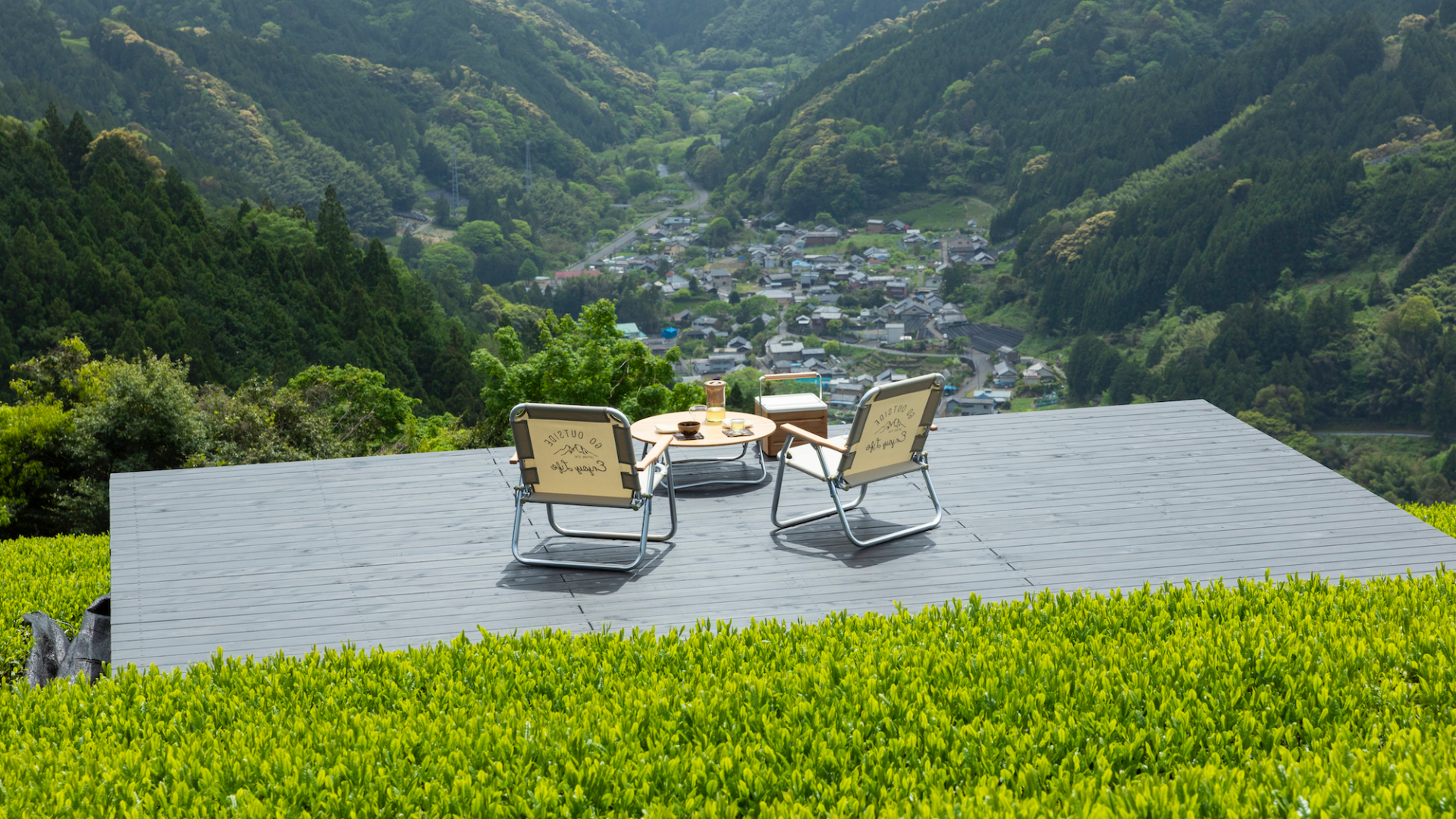
Suruga is a region abundant in natural beauty, with a deep-rooted local culture of sustainable lifestyles. The diverse landscape offers many opportunities for exploration, from waterside fun to mountainous trekking, and the food culture shines with fresh ingredients produced by local farms. Thanks to its natural blessings, the area is also internationally renowned for its high-quality tea production.
Follow the guide to learn more about this region and start planning your next adventure!
Suruga is the old name for a region that today is a part of Shizuoka prefecture.
This area, located centrally on Japan’s main island of Honshu, borders Aichi, Nagano, Yamanashi, and Kanagawa prefectures.
Suruga’s close proximity to Tokyo makes it a wonderful countryside destination for those looking to go beyond bustling metropolises.

JR Shizuoka Station serves as the central train station in Suruga and is most easily accessible via the JR Tokaido Shinkansen from a number of popular stations.
Aside from train travel, Suruga is also accessible by plane via Mount Fuji Shizuoka Airport and by car or bus on convenient expressways.
Learn more about access to Suruga. Also, check our guide for getting around Suruga.

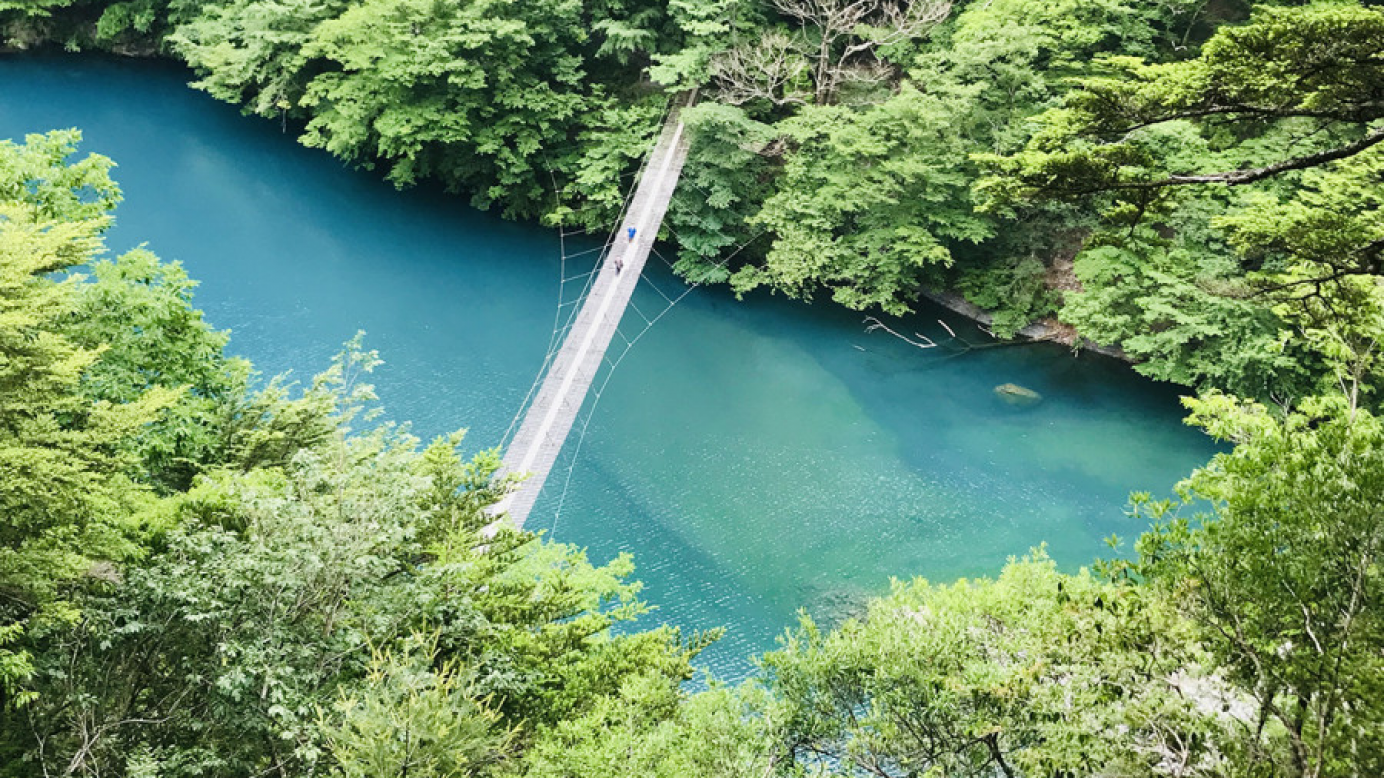
One of the most popular times to visit Suruga is during the tea harvesting season from April to August when you can pick tea leaves. Aside from tea picking, the region also offers a host of tea activities year-round to ensure you have a tea-filled visit any time of year.
In addition to the bountiful tea industry, Suruga’s mild climate and varied landscape make it an exciting place to visit during any season. In winter, warm up with a cup of tea and experience the snowy landscape of the Southern Japan Alps and nearby Mount Fuji. As temperatures warm, embrace springtime with cherry blossoms and Shizuoka Matsuri. During the hot months of summer, cool off with trips to Suruga Bay and the Oku-Oi area, and enjoy the dazzling sight of fireworks. In the crisp autumn air, admire the brilliant foliage of Suruga’s nature at Sumata Gorge.
Learn More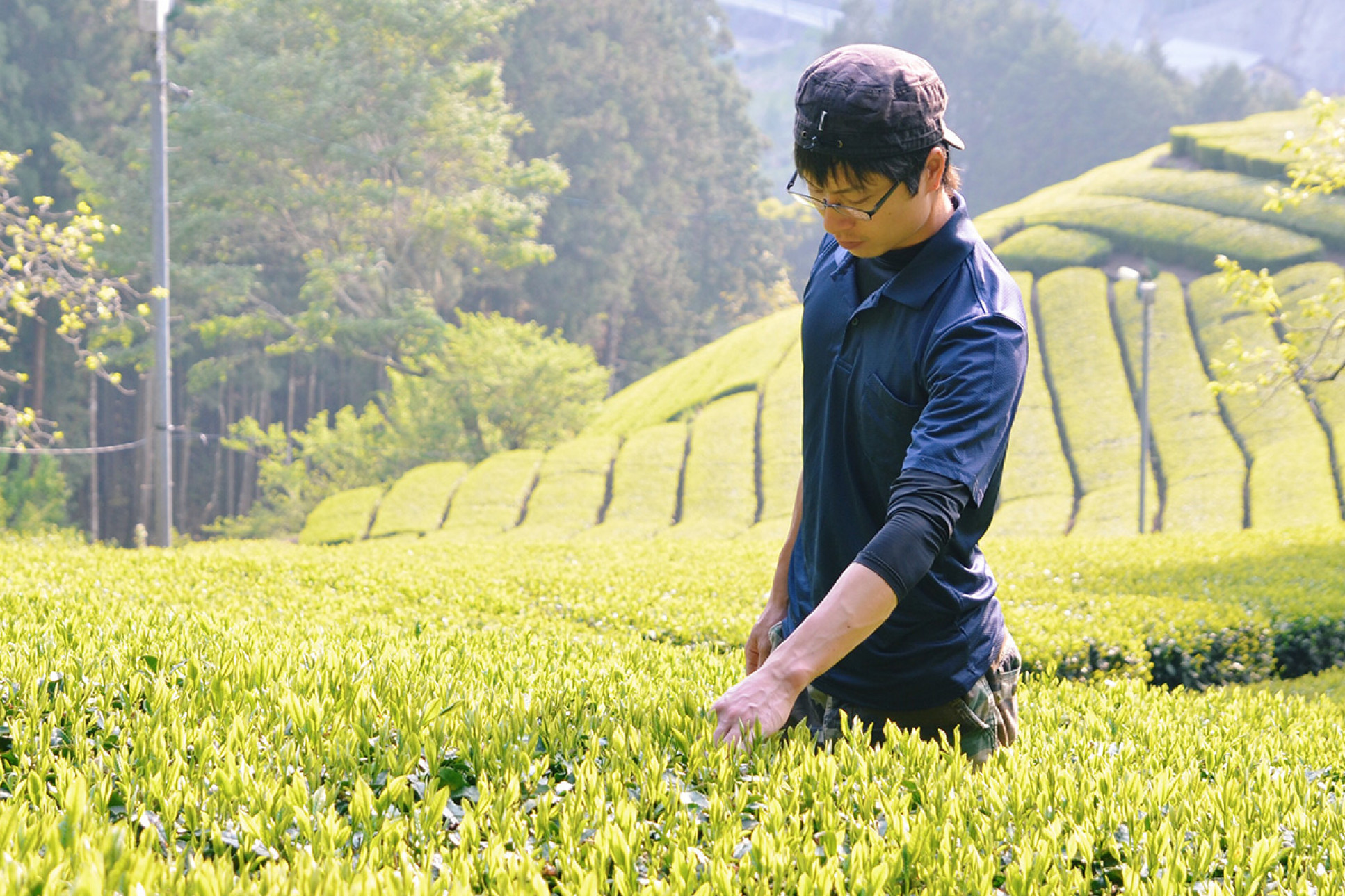
Simply said, Suruga is known for its tea. The region’s climate, landscape, and exceptional water sources make it the perfect location for growing tea, and presently, it accounts for 40% of Japan’s tea production. The numerous tea farms produce a variety of tea leaves and practice different farming techniques. There is no shortage of knowledge you can gain in this tea-and-agricultural hub.
Shizuoka’s landscape itself is also a wonderful asset as it encompasses both land and sea. Northern Suruga is characterized by verdant nature, rolling tea fields, and mountains. To the west, the Oigawa River area flourishes with blessings from the Oi River and features spectacular waterside views. Along Suruga Bay, pristine beaches populate the coast and offer picturesque views of Mount Fuji. The bay area’s seafood is also renowned for its freshness and quality.
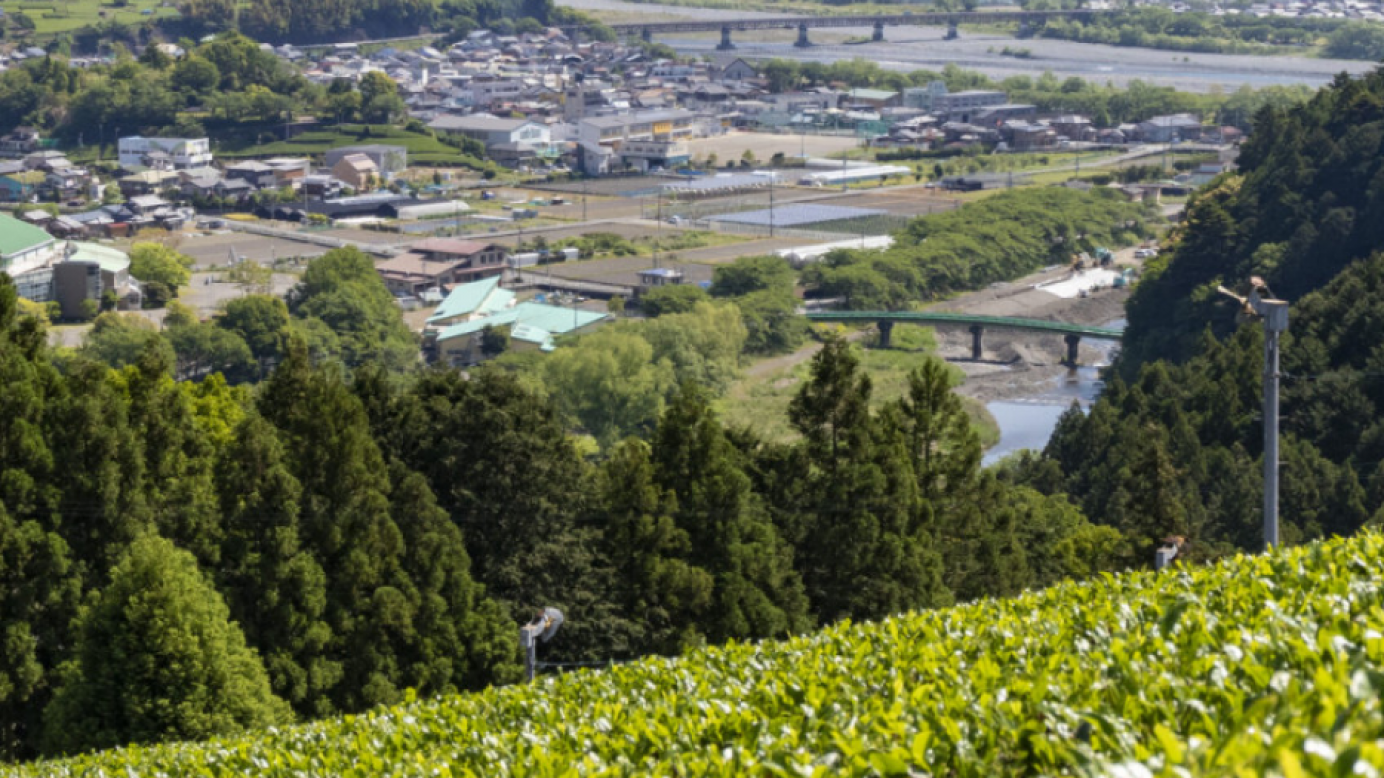
As mentioned above, tea is synonymous with Suruga’s culture. The region is dotted with tea farms that offer activities such as tea rolling, picking, tasting, and more. Peruse Suruga’s tea experiences.
Hike through Suruga’s lush environment, bay area, and riversides.
Be sure to check out the Suspension Bridge of Dreams in the Sumata Gorge area as it is one of Japan’s top ten suspension bridges.
Pick up some tea so you can enjoy the flavors of Suruga in the comfort of your home. Some tea shops even host classes where you can create your own tea blend.
Tea shops: Maruhide Iwasaki Tea Shop, Mitsuhashi Green Tea Café, Matcha More Café, and KINZABURO Tea Shop.
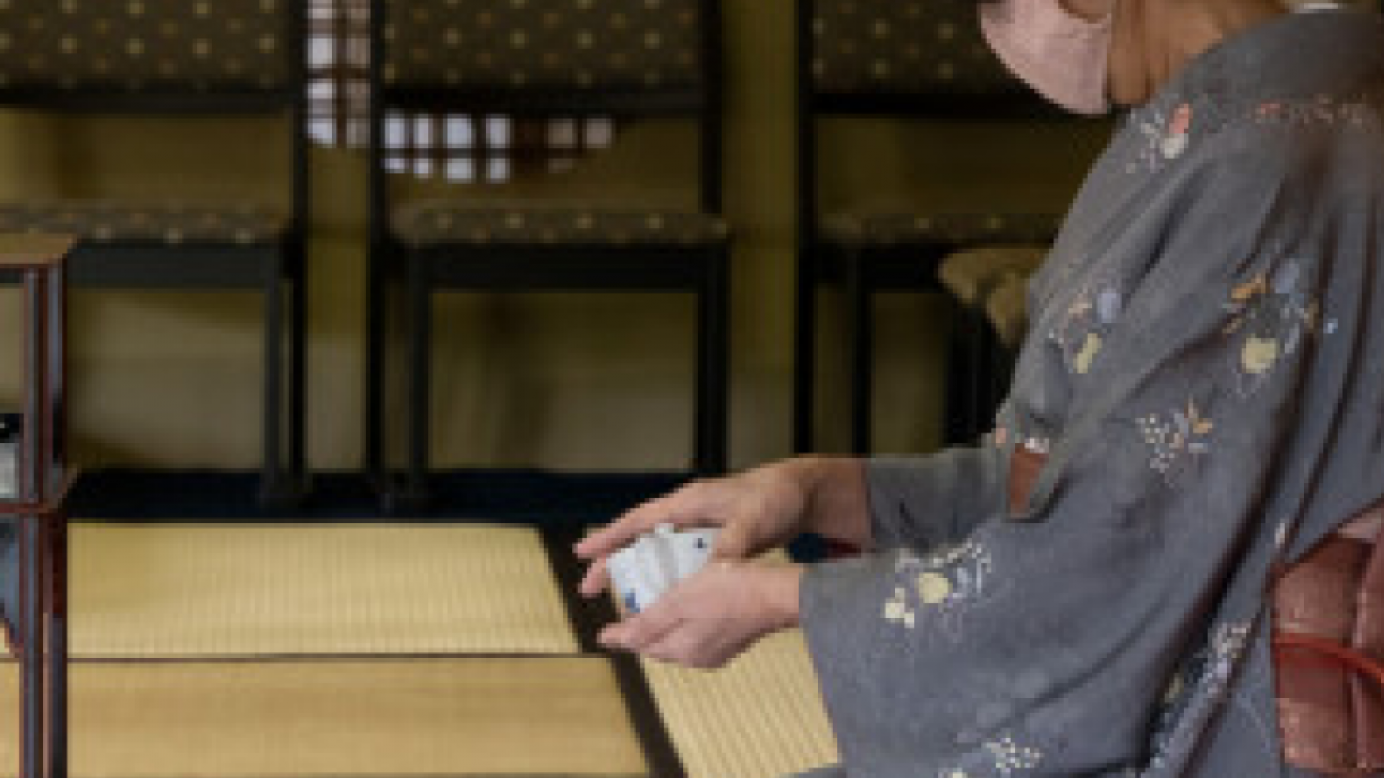
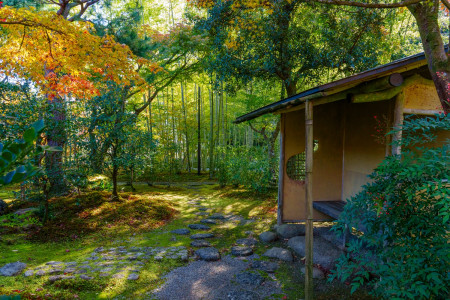
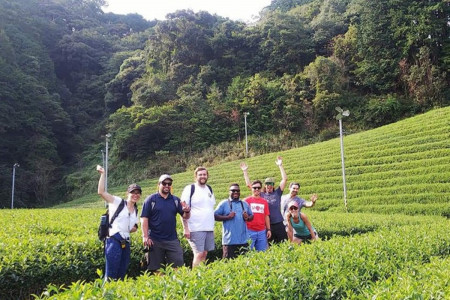

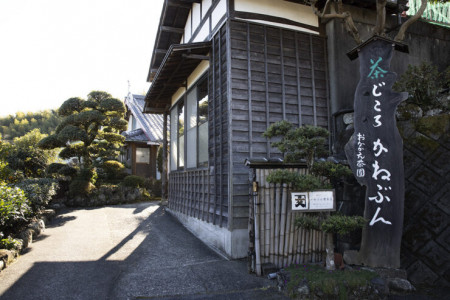
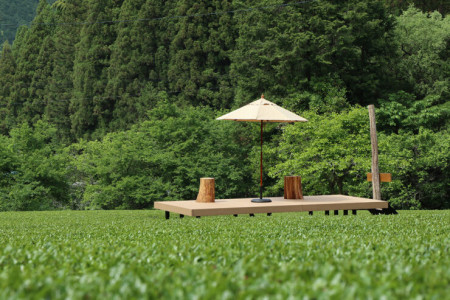

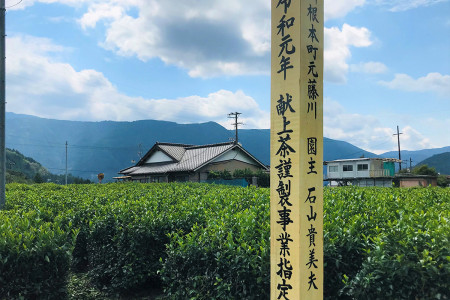
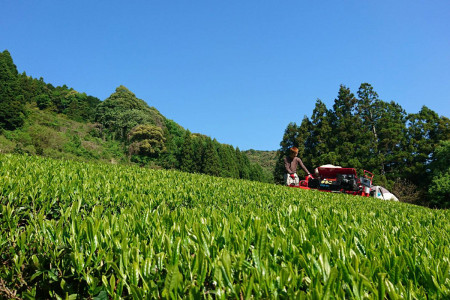
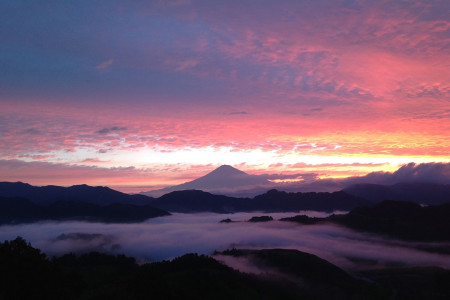

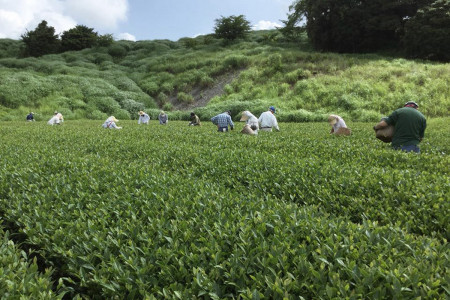

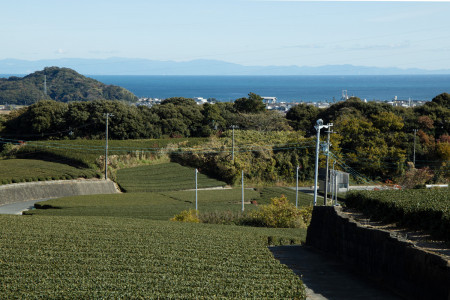


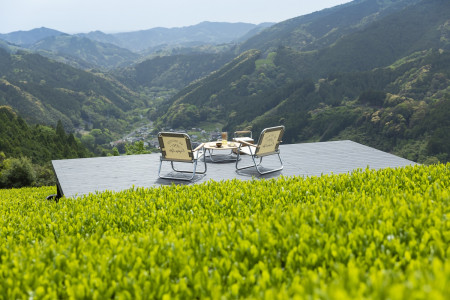
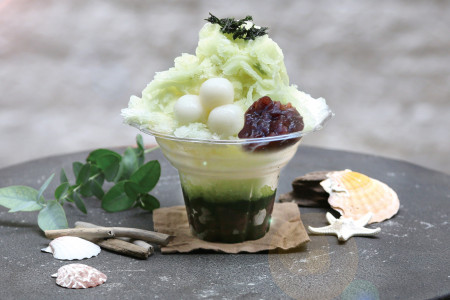
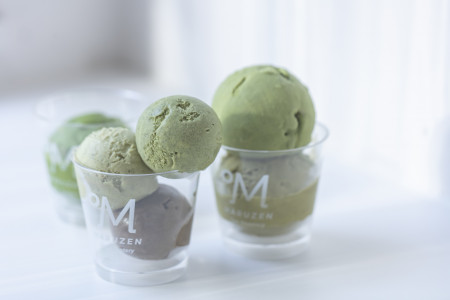


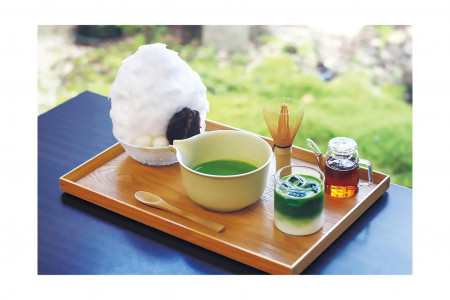

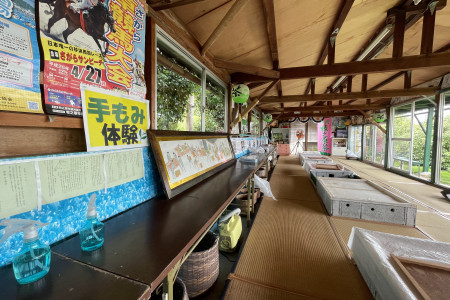

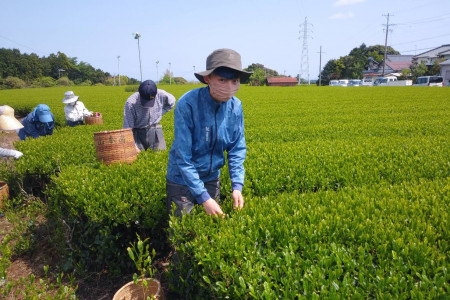


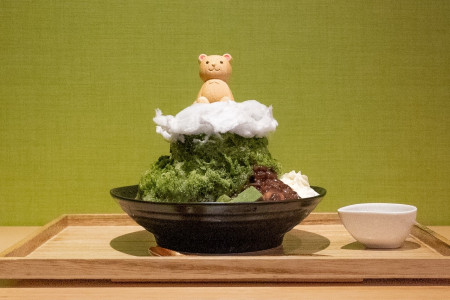
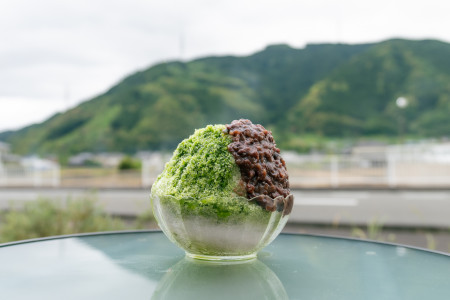
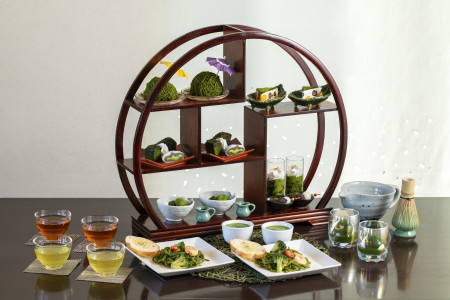

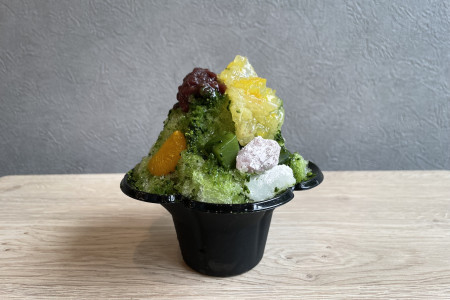
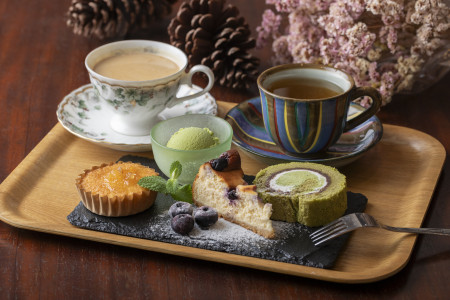




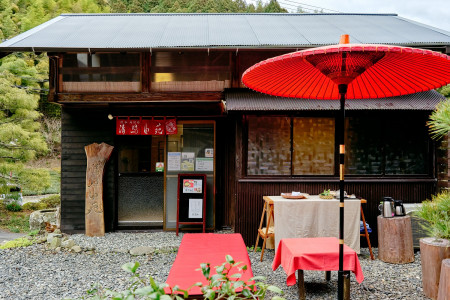




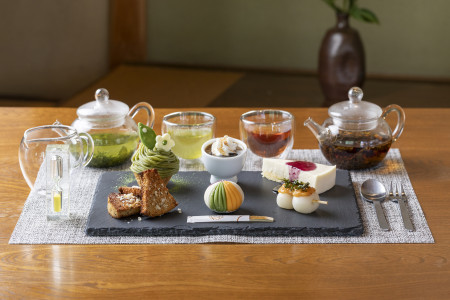




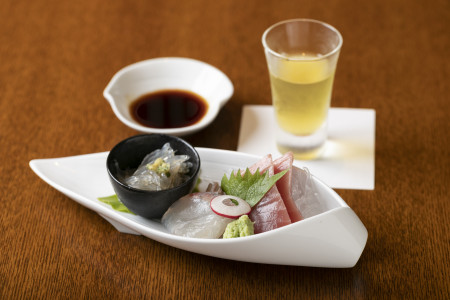
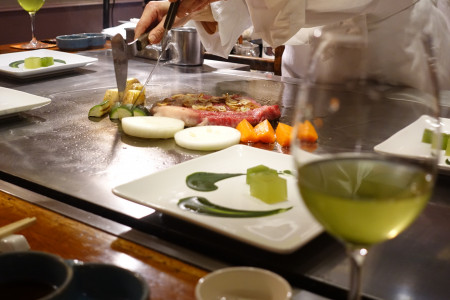

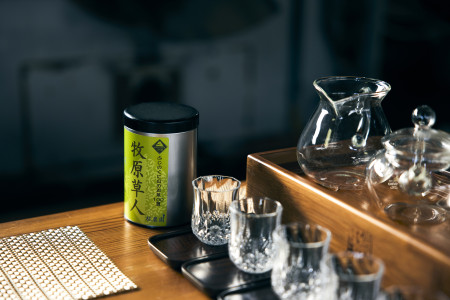



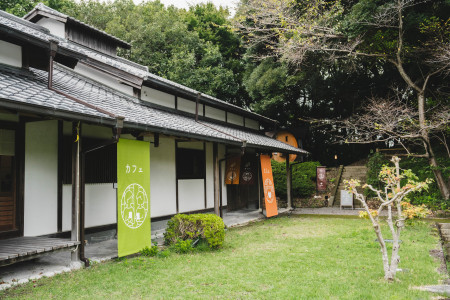

Looking to craft the perfect Suruga trip? Follow our below guides to effectively navigate the rich landscape–from countryside adventures to urban outings. With our easy to follow access, accommodation and general information guides you can plan the logistics of your trip stress free, leaving more time to experience Suruga’s wonders!